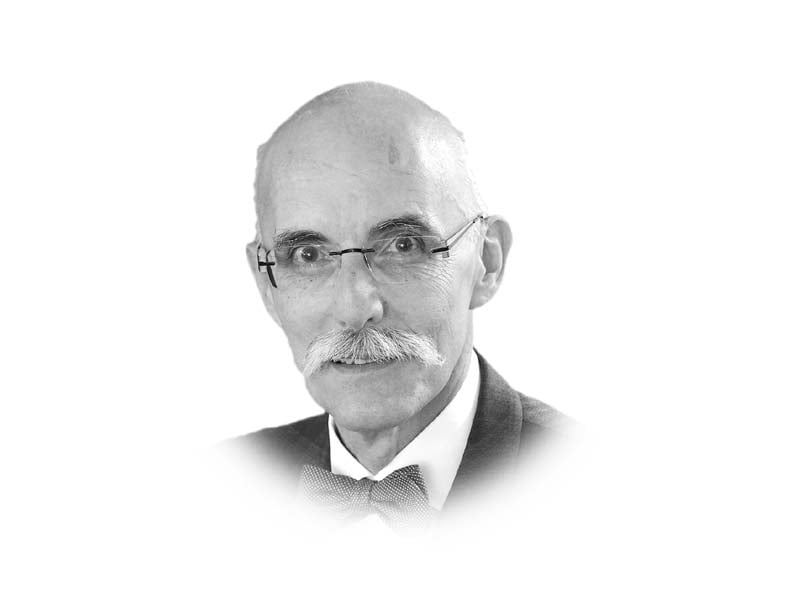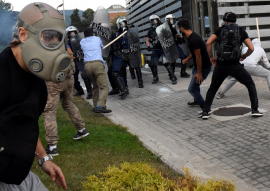
Attended by heads of state and government, or their high-level representatives, of 51 Asian and European countries, the 12th Asia-Europe Meeting (ASEM) was held on 18-19 October in Brussels. This was an important summit, taking place at an important time between two continents increasingly aware of the benefits to work together.
Europe and Asia have a centuries-old common history. The ties between them are today reaching an unprecedented level. Asian markets account for over one-third of exports from the European Union (EU). Almost half of the goods and services imported by the EU come from Asian countries. Every year, thousands of students, academics, researchers move between the EU and Asia. The cultural exchanges between our cities are vibrant. And there is more to our mutual relationship than just economic or scientific exchanges: the European Union and Asian countries have a common interest in preserving a cooperative, rule-based and peaceful international system, where multilateral organisations are the natural fora for reaching common solutions. This relationship needs to rely on effective, functioning and sustainable connectivity, in other words, on the physical and non-physical infrastructure through which goods, services and ideas can flow unhindered.
While connectivity has always been a part of the EU’s policy towards Asia, until now the EU has not used its potential in this area to the full. That is why we have proposed on 19th September a new policy framework to step up the EU action; EU strategy on connectivity between Europe and Asia; a multifaceted and mutually beneficial corridor of knowledge and lastly a wide network of opportunities focusing on peace and security, social development, economic empowerment, education, culture, energy and infrastructure.
Our message is clear: the European Union is ready to step up its engagement with Asian partners on an agenda for connectivity, based on mutual interests and common objectives. Connectivity is in the very DNA of the European Union, as a political project based on market integration. It is not a one-way street to the benefit of a single stakeholder. We can offer our regulatory experience, technical expertise and funding opportunities at the service of projects that help interoperability and convergence, promote fiscally and environmentally sound growth, and strengthen our connections in a way that will be beneficial for us all.
We can do this in three ways. Firstly, the EU is ready to support new connections and networks between Europe and Asia. For example, extending our Trans-European Transport Network, which facilitates trade and mobility through removing technical and regulatory barriers for transport networks and modernising infrastructure to other non-EU countries would be a positive step. We will also pursue a sustainable digital agenda with Asia in order to foster universal and affordable access to digital technologies and services. We will share our experience in creating regional, liberalised energy markets with a focus on market-driven transformation towards clean energy. And we will continue to promote human exchanges and mobility through programmes such as Erasmus or the Marie Curie Action as a way to build connections, mutual understanding and share ideas. Since hundreds of students comprising a large percentage of women from across Pakistan have been selected for the ‘Erasmus’ programme, which is the world’s most successful student exchange programme. Through this programme, which is funded by the European Union, young students from outside Europe have the unique opportunity to pursue a master’s degree at various universities across Europe. The ‘Erasmus’ programme call for proposals for the year 2019 has just been launched and is available on the internet.
Secondly, in the EU approach, connectivity can only be built in partnership. Many such partnerships exist already. The European Investment Bank is contributing to the CASA 1000 project connecting the electricity transmission systems of Pakistan with the ones of Afghanistan, Kyrgyzstan and Tajikistan to improve electricity access and expand markets. We will work hand in hand with regional organisations and mechanisms existing in Asia, such as Asean and hopefully soon Saarc, to identify and support projects.
Thirdly, we want to work on a connectivity based on shared principles: transparency, non-discriminatory market practices, a level playing field for all economic operators, protection for intellectual property rights. The best way to achieve this is not to impose anyone’s standards or rules, but to work together within international organisations on mutually-acceptable ones. European companies must have a level playing field vis-à-vis their competitors and have the same access to markets abroad as others have in the EU.
Finally, we will mobilise all our levers to back projects with adequate funding, using to the full the potential of the European Investment Bank and of the new tools for external investment policy available under the EU budget. According to the Asian Development Bank, Asia will require over €1.3 trillion a year of infrastructure investment in the coming decades. The EU is ready to support Asian countries meet such an investment challenge leveraging public and private financing through a combination of grants, guarantees, lending and blending. Yet, investment must be fiscally viable and financially sustainable. It should benefit from substantial environmental and social components. The EU will only support projects that mobilise domestic resources, create value for local communities and are sustainable in the long term.
Together, Europe and Asia account for almost 70 per cent of global population and over 60 per cent of the world’s GDP. There is space for making our ties stronger and more mutually beneficial. Sustainable connectivity, based on strong partnerships and transparent rules, is for the EU, European and Asian countries, the best way forward.
Published in The Express Tribune, November 3rd, 2018.
Like Opinion & Editorial on Facebook, follow @ETOpEd on Twitter to receive all updates on all our daily pieces.

































































COMMENTS
Comments are moderated and generally will be posted if they are on-topic and not abusive.
For more information, please see our Comments FAQ